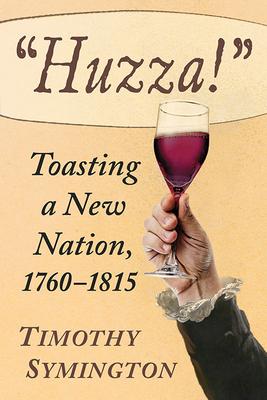Raising a glass to toast someone at a wedding or birthday is a familiar and usually informal occurrence, but at one time it was a carefully orchestrated ritual. They were planned, revised, given at an event, and then printed in newspapers. Americans learned who was or was not toasted for early national celebrations: King George III, George Washington, the Fourth of July, Washington's birthday, Jefferson's election, or military victories. During the tumultuous years of partisan fighting, toasts were used to spread or attack certain ideologies. The toasts became glimpses into what Americans honored at specific moments in the years from the beginning of the American Revolution to the end of the War of 1812. This book is a history of the early American republic viewed through its many toasts, which were raised and published throughout the new nation. As one of the earliest forms of social media, they offer a unique lens to view American history and early popular opinion.

Raising a glass to toast someone at a wedding or birthday is a familiar and usually informal occurrence, but at one time it was a carefully orchestrated ritual. They were planned, revised, given at an event, and then printed in newspapers. Americans learned who was or was not toasted for early national celebrations: King George III, George Washington, the Fourth of July, Washington's birthday, Jefferson's election, or military victories. During the tumultuous years of partisan fighting, toasts were used to spread or attack certain ideologies. The toasts became glimpses into what Americans honored at specific moments in the years from the beginning of the American Revolution to the end of the War of 1812. This book is a history of the early American republic viewed through its many toasts, which were raised and published throughout the new nation. As one of the earliest forms of social media, they offer a unique lens to view American history and early popular opinion.